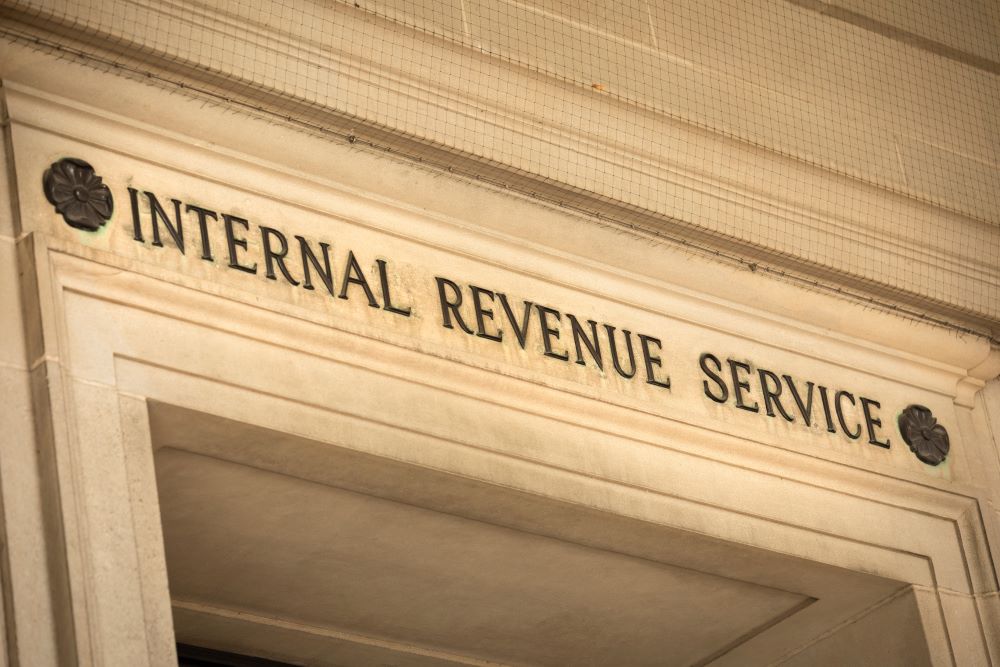January 3, 2024
IRS Announces ERTC Voluntary Disclosure Program
The Employee Retention Tax Credit (ERTC) is the only pandemic-era tax incentive program still available to eligible companies. While the program has officially closed businesses still have time to claim for eligible activities in 2020 and 2021. Unfortunately, the ERTC has become a favorite of aggressive promoters and fraudsters. This is reflected in the multiple warnings issued by the IRS about the high-pressure tactics and misleading information used by bad actors. Despite this, the flow of improper or ineligible claims continued resulting in a processing moratorium and introduction of a new withdrawal program. While useful, these changes were designed to help those who had not yet received a credit payment.
For those companies that had already received payment, the IRS indicated there would be a voluntary disclosure program to help. Earlier this month, the details of the program were announced in IRS Announcement 2024-3 outlining how the program will work. Not only does it provide a way to resolve civil tax liabilities, but includes information on eligibility, program terms, repayment options, and more. It is certainly welcome news for companies facing potential fines, penalties, and interest. To help clients, prospects, and others, Wilson Lewis has summarized the key details below.
Program Eligibility
Any business that claimed the ERTC and received a credit or refund can participate provided the following conditions are met, including:
- The taxpayer is not under criminal investigation and has not been notified the IRS intends to conduct a criminal investigation.
- The IRS has not received information from a third party about noncompliance, or information directly related to non-compliance from an enforcement action.
- The company is not under examination for any tax periods for which the business is applying for the program.
- No notice or demand for repayment of all, or part of the credit, has been received. Those using third parties such as professional employer organizations that claimed on their behalf on an employment tax return filed under the third party’s EIN may also participate in the program.
Program Terms
Those participating in the program will be required to comply with several terms, including:
- Employment Tax Adjustments – The taxpayer is not entitled to any ERTC for the tax period(s) at issue.
- Repayment Requirement – The taxpayer will be required to send 80% of the claimed ERC, including both the refundable and non-refundable portions to the Department of Treasury.
- Application of Interest -There is no requirement to repay any overpayment interest received. When the taxpayer makes the full 80% payment before executing the closing agreement, no underpayment interest will apply.
- Preparer/Advisor Information – In the event the taxpayer used a third-party provider to prepare the claim, it is required to provide the name. address, and phone number of the preparers. A description of the specific services provided must also be submitted.
- Application of Penalties – The IRS will not assert civil penalties related to the underpayment of the employment tax attributable to the claimed credit against a taxpayer that refunds the 80% amount before executing the closing agreement.
- Income Tax Effects – Since the settlement eliminates the taxpayer’s eligibility to claim the credit, they are not required to reduce wage expense concerning any previously claimed amounts. This means if they had not previously reduced wage expense by any of the claimed ERCs, there is no need to file an amended return. It is important to note, that a taxpayer does not have any income related to the employment tax obligation once the 80% repayment is made.
Application Process
To participate in the voluntary disclosure program taxpayers must complete and submit IRS Form 15434, Application for Employee Retention Credit Voluntary Disclosure Program by March 22, 2024. It is important to note the form and other documentation must be submitted electronically. There are several pieces of information which must be included, including:
- Contact Information – The participant must include a taxpayer identification number, current address, and daytime phone number, if a practitioner is representing the taxpayer, then they must provide the same information.
- Tax Period Identification – Identify tax periods for which the ERC was claimed, the form it was claimed on, and the full credit amount.
- Supporting Documentation – If the credit was claimed in 2020, a signed Form SS-10, must be signed and submitted along with Form 15434. If a third party claimed on behalf of the taxpayer, then they must attach a copy of the relevant pages of Schedule R (Form 941), an allocation schedule for aggregate Form 941 filers, and the Employers Quarterly Federal Tax Return.
Once this information is received the IRS will prepare a closing agreement and send it via mail. The business must sign and return it within 10 days of the mailing date. Full payment should be made on the date of the agreement’s execution. In the event full repayment is not possible, the taxpayer can be considered for an installment agreement.
Contact Us
The new voluntary disclosure agreement provides important relief to those who improperly received credit payments. However, the program is complex, and it is imperative to consult with a qualified tax advisor before program participation. If you have questions about the information outlined above or need assistance with a tax or accounting issue, Wilson Lewis can help. For additional information call 770-476-1004 or click here to contact us. We look forward to speaking with you soon.

